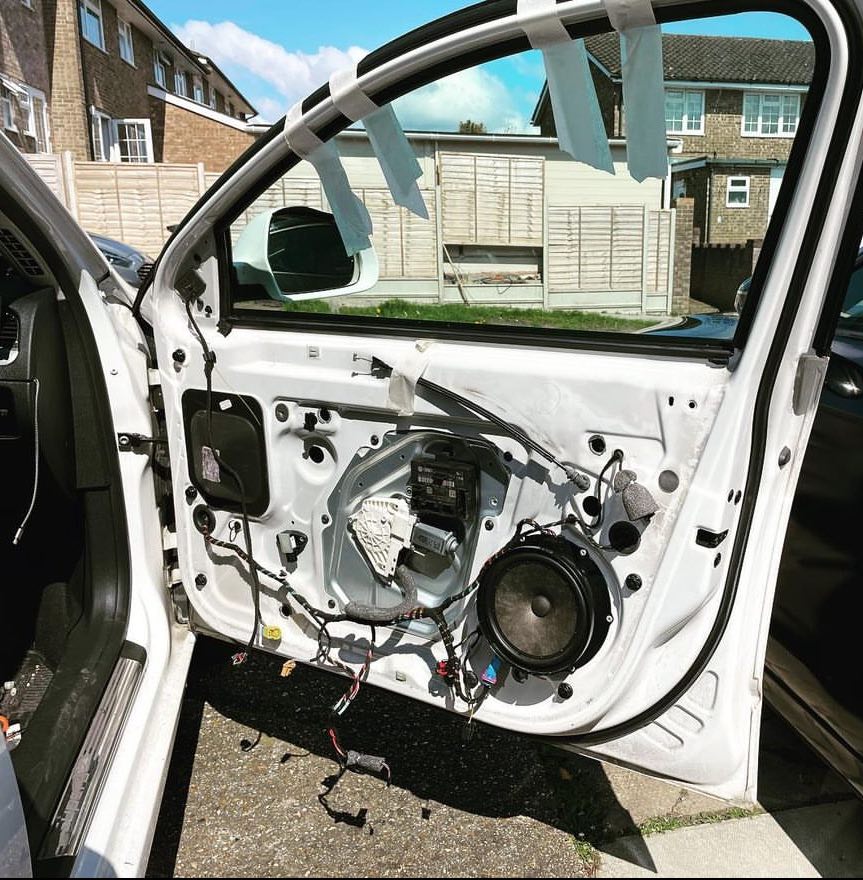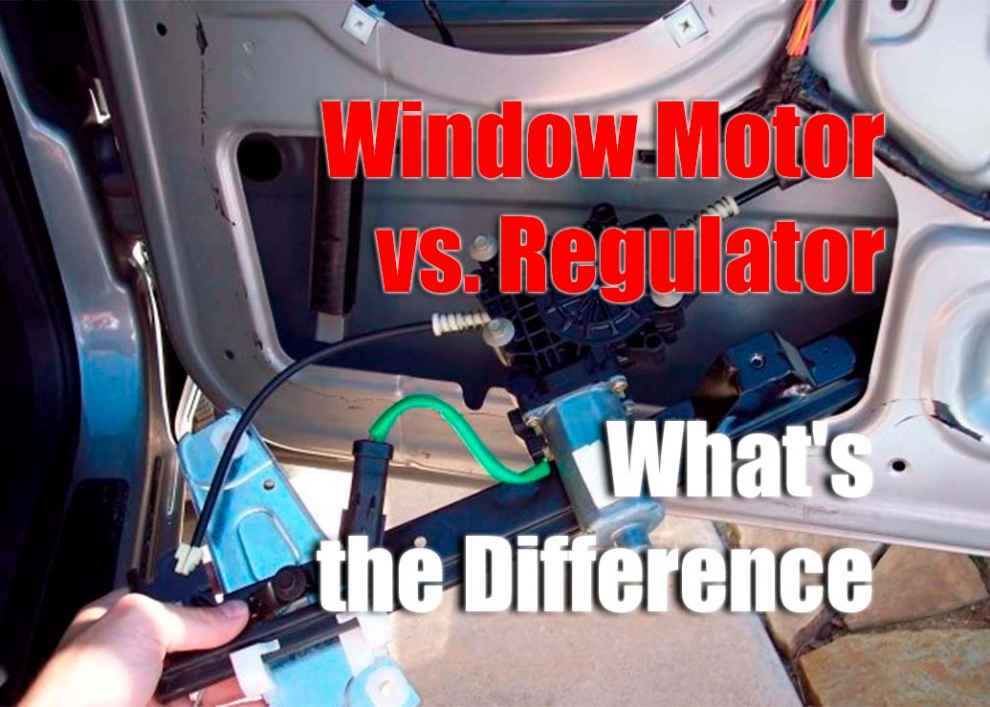Window motors and regulators are two components that are essential for electric windows to function correctly. Many car owners may be unaware of the difference between these two items, especially if they don’t have much experience with car repair. To help clear up any confusion, this article will explore the key differences between window motors and window regulators to give drivers a better understanding of how their electric windows work. We will look at how each part functions within an electric window system, as well as how they interact with one another to ensure that your car windows open and close as expected. By the end of this article, car owners should have a better idea of which component is responsible for what when it comes to their vehicle’s power windows.
What Is a Window Motor?
A window motor is the component of an electric window system that provides the power to open and close car windows. The motor is usually located inside the door panel and works by turning a small gear connected to a metal arm that runs along the length of each window opening. As this arm moves up or down, it will either open or close the window, depending on what direction it is pushed in. The motor consists of an electric coil that spins when electricity is passed through it, and this spinning motion translates to movement in the arm and ultimately opens or closes your window.
What Is a Window Regulator?

Differences Between Window Motor vs Regulator
The most significant difference between a window motor and a window regulator is that the motor provides power, and the regulator regulates how that power is used. The window motor is usually located inside the door panel and requires some disassembly to be accessed. The window regulator, on the other hand, is usually mounted on or near the inside of each door frame so that it can easily regulate the force applied by your car’s power windows.
When installing either a new window motor or regulator in your car, it’s important to take special care not to damage any of its components while doing so. It is important when dealing with motors as they often contain delicate parts, such as electric coils, which can be easily broken if mishandled. As for maintenance, both parts should be inspected periodically and replaced if worn out or malfunctioning. It’s best to check your vehicle’s manual for specific instructions on how to care for these components.
Final Thoughts
Window motors and regulators are two essential components that work together to ensure your car’s power windows function correctly. By understanding the differences between these two parts, car owners can better determine which needs to be serviced and whether an electric window system needs a repair or replacement. While both components are relatively easy for a professional to install, it’s still important to take special care when handling part to not damage any of its delicate components. Regular maintenance and inspection should also be conducted on both parts to keep your car’s power windows functioning reliably.

Add Comment